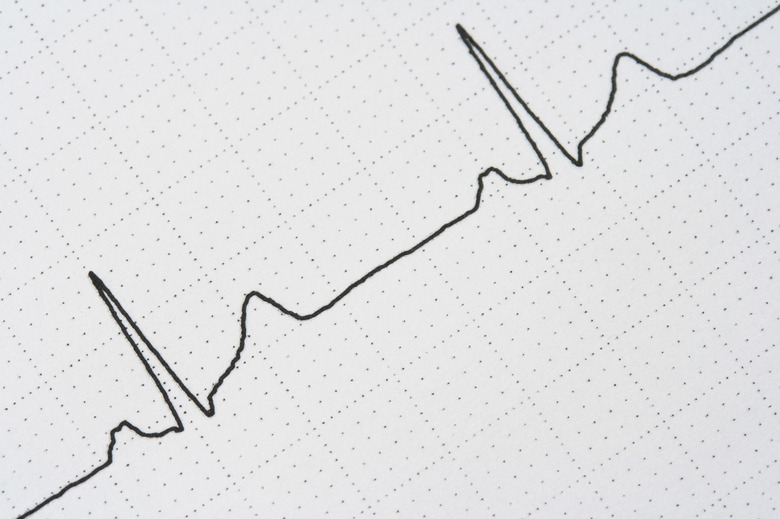Fourier Analysis Of Harmonics
You can think of any kind of waveform as being made of a set of sine waves, each of which contributes to the overall wave shape. A mathematical tool called Fourier analysis describes exactly how these sine waves add together to produce waves of different shapes.
Fundamental
Fundamental
Every wave begins with a sine wave called the fundamental. The fundamental serves as the backbone for the wave shape and determines its frequency. The fundamental has greater energy, or amplitude, than the harmonics.
Harmonics
Harmonics
Sine waves called harmonics determine a complex wave's final shape. Harmonics always have frequencies which are exact multiples of the fundamental's frequency. While a wave always has a fundamental, the number and amount of harmonics varies. Sharp-edged waves, such as square and sawtooth, have stronger harmonics than waves with few sharp transitions, such as the triangle.
Infinite Series
Infinite Series
Mathematically ideal waveforms may have an infinite number of harmonics. For example, the sawtooth waveform has all harmonics. The strength of each one is the reciprocal of its harmonic number. Its third harmonic has one-third the energy of the fundamental, the fourth, has one-fourth, and so on. You add the odd harmonics to the fundamental and subtract the even ones.
Cite This Article
MLA
Papiewski, John. "Fourier Analysis Of Harmonics" sciencing.com, https://www.sciencing.com/fourier-analysis-harmonics-6897203/. 24 April 2017.
APA
Papiewski, John. (2017, April 24). Fourier Analysis Of Harmonics. sciencing.com. Retrieved from https://www.sciencing.com/fourier-analysis-harmonics-6897203/
Chicago
Papiewski, John. Fourier Analysis Of Harmonics last modified March 24, 2022. https://www.sciencing.com/fourier-analysis-harmonics-6897203/
